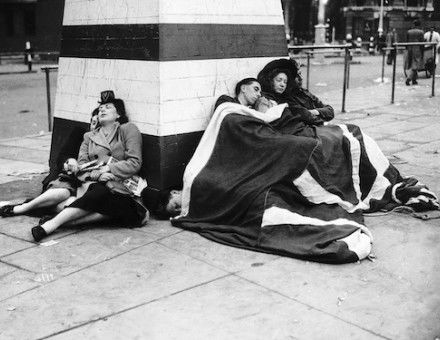'France in Peril': The French Fear of Denatalité
Low birth rates have obsessed the French since their defeat in the Franco-Prussian War, argues Richard Tomlinson.
Before the revolution France had a larger population than any of her rivals. After 1800, however, the country experienced long-term demographic stagnation which lasted until the Second World War. Between 1801 and 1872 the total population increased from only 27 million to 36 million, though the latter figure did not include the provinces of Alsace and Lorraine annexed by Prussia in 1871. During the Third Republic this stagnation became even more profound. When the Germans invaded in 1940 the total French population was still only 41 million, including about three million immigrants. The fundamental cause of this stagnation was a steadily declining birth rate. Between 1872 and 1939 the annual birth rate fell from 26 to 14.6 per thousand of the population. In the same period, an annual excess of deaths over births was recorded nineteen times. For reasons which baffled the experts, the French during the Third Republic were determined to have fewer children than their ancestors.





